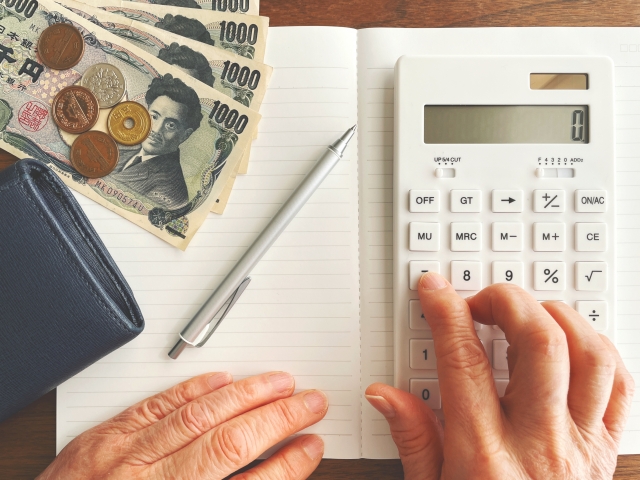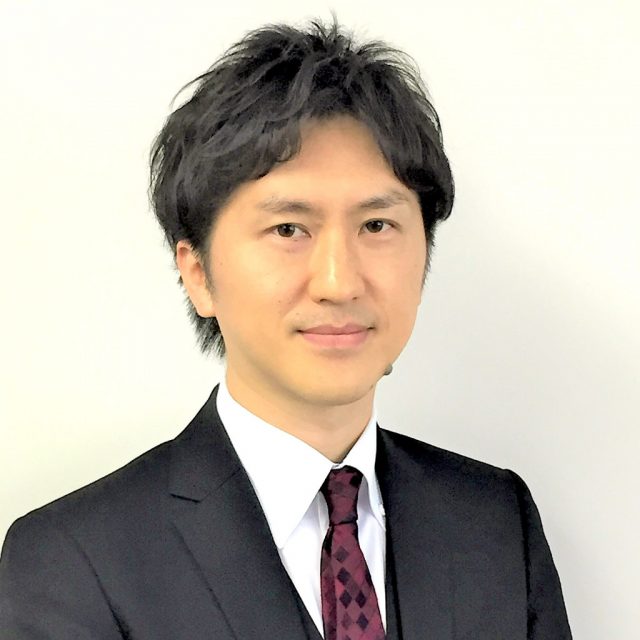国民年金と厚生年金は原則65歳から受給可能で、66歳から75歳の間で受給を遅らせることで増額が可能。厚生年金は会社員や公務員が加入し、国民年金と異なり保険料は事業主が半分を支払う。厚生年金は年収と保険期間によって受給額が決まるため、拠出額が多いほど多く受け取れる。将来の年金額を増やす方法として、確定給付企業年金や個人年金に加入することができる。厚生労働省は公的年金シミュレーターを開発し、将来の年金がわかる。

Both National Pension and Employees’ Pension can be received from the age of 65. However, you can choose to start receiving it between the ages of 66 and 75 in order to increase the amount you receive. The lifetime increase rate remains the same, and the pension amount increases based on the length of the deferral period. Therefore, some people may wonder at what age they should start receiving their pension.
So, this time, Mr. Yoshitaka Nakagawa of Nihon Kurasu Zeirishihoujin will explain the basic content of Employees’ Pension and how to increase the pension amount based on the knowledge and experience gained from years of tax business.
What is a Defined Benefit Pension?
What are the differences between Employees’ Pension and National Pension?
How is the Employees’ Pension calculated?
Employees’ Pension Calculation Simulation
How can you increase the amount of pension you receive?
Generalize
What is a Defined Benefit Pension?
Employees’ Pension is a pension that company employees and public servants subscribe to and is generally classified as the second insured person under National Pension. The declaration method is for the employer to notify the employer through the office, and the premiums are paid through the employer (deducted from the salary).
The premiums are a fixed percentage of the monthly salary, and the actual amount paid varies from person to person. The Employees’ Pension insurance premiums are shared by the employer (organization) paying half, with the actual amount paid being twice the insurance premium amount listed on the salary statement.
What are the differences between Employees’ Pension and National Pension?
National Pension is a pension that is subscribed by farmers, self-employed individuals, students, and the unemployed. As a general rule, National Pension insured persons must declare their residency to the city (ward) office or town/village hall where they live. Typically, the premiums can be paid by oneself through salary statements or bank transfers, but if unable to do so, exemption or deferred payment systems can be utilized.
In addition to the premium amount of 16,520 yen (as of 2023), an additional premium of 400 yen per month can be paid to increase the future basic pension amount.
On the other hand, individuals who are enrolled in Employees’ Pension become the second insured person under National Pension. The second insured person is enrolled in both National Pension and Employees’ Pension and can receive both basic and employee pensions simultaneously.
How is Employees’ Pension calculated?
Individuals enrolled in National Pension can receive the full basic old-age pension after paying premiums for 40 years. However, Employees’ Pension is divided into basic old-age pension and old-age Employees’ Pension. There is no concept of a full pension for this part of the pension benefit. Therefore, the pension amount received is determined based on annual income and insurance period, and the more contributions made, the more that can be received.
According to data from the Ministry of Health, Labour and Welfare Pension Bureau in 2021, the average monthly pension amount received by National Pension beneficiaries is 56,479 yen, and the average monthly pension amount received by Japanese pension beneficiaries is 56,479 yen. Looking at this data, the number of Employees’ Pension beneficiaries is more than 2.5 times that of National Pension beneficiaries, indicating that there is a difference in the amount of pension benefits depending on enrollment in the pension insurance.

Employees’ Pension Calculation Simulation
For specific amounts of pension that can be received based on actual annual income, please see the following:
(1) Annual income of 3 million yen, annual insurance premiums paid for 40 years
If you start receiving public assistance at the age of 65, the pension amount will be about 1.4 million yen, but if you delay the age at which you start receiving public assistance to 70, the pension amount will increase to about 2 million yen.
(2) Annual income of 5 million yen, annual insurance premiums paid for 40 years
If you start receiving public assistance at the age of 65, the pension amount will be about 1.8 million yen, but if you delay the age at which you start receiving public assistance to 70, the pension amount will increase to about 2.6 million yen.
(3) Annual income of 7 million yen, annual insurance premiums paid for 40 years
If you start receiving public assistance at the age of 65, the pension amount will be about 2.2 million yen, but if you delay the age at which you start receiving public assistance to 70, the pension amount will increase to about 3.2 million yen.
Please consider the above annual income as the average annual income for working individuals between the ages of 23 and 63.
According to the Ministry of Health, Labour and Welfare’s 2020 Basic Life Table, the average life expectancy of Japanese people is 81.05 years for men and 87.09 years for women. Looking at this data, it can be seen that for men, there is not a significant difference in the amount of pension received starting at age 65 compared to starting at age 70.
How can you increase the amount of pension you receive?
As mentioned earlier, it is found that the amount of pension that can be received in the future is higher for Employees’ Pension compared to National Pension. However, even with an annual income of 5 million yen, the pension amount that can be received is about 1.8 million yen, so some people may want to increase the amount of pension they will receive in the future.
One way to increase the pension amount is to join a defined benefit corporate pension or a corporate defined contribution pension plan if your company offers it, as this will undoubtedly increase the pension amount.
On the other hand, if your company does not have this system, you can join the iDeCO program to add it. Since October 2022, due to a legal amendment, anyone who is enrolled in National Pension can now join iDeCO. Individuals receiving Employees’ Pension become the second insured person under National Pension.
By joining an individual pension plan offered by a private insurance company, you can also increase your retirement savings, but some products come with risks. Before joining, it is recommended to receive detailed explanations from the insurance company.
Generalizing
The Ministry of Health, Labour and Welfare has developed a system called “Public Pension Simulator” that allows you to easily simulate pension calculations. The trial operation of this system will start from April 25, 2023.
By using this Public Pension Simulator to confirm what kind of coverage you are enrolled in, you can see exactly what pension benefits you can receive in the future, so if you are interested, please give it a try.

●Interview Cooperation / Yoshitaka Nakagawa
Clarus National Tax Agency Executive Director, Tax Accountant
With a wide range of business experience in tax consulting, tax return support, organizational restructuring consulting, succession and corporate succession consulting, accounting outsourcing, and early financial statement closing for companies listed on the Tokyo Stock Exchange, our motto is to provide advice on “smooth business succession” and “no discussion succession” tailored to each individual’s situation, earning high praise and trust from many clients.
Nihon Claras Tax Accountants Co., Ltd. (
Composition/Editing: Keiko Matsuda (Kyoto Media Line)
